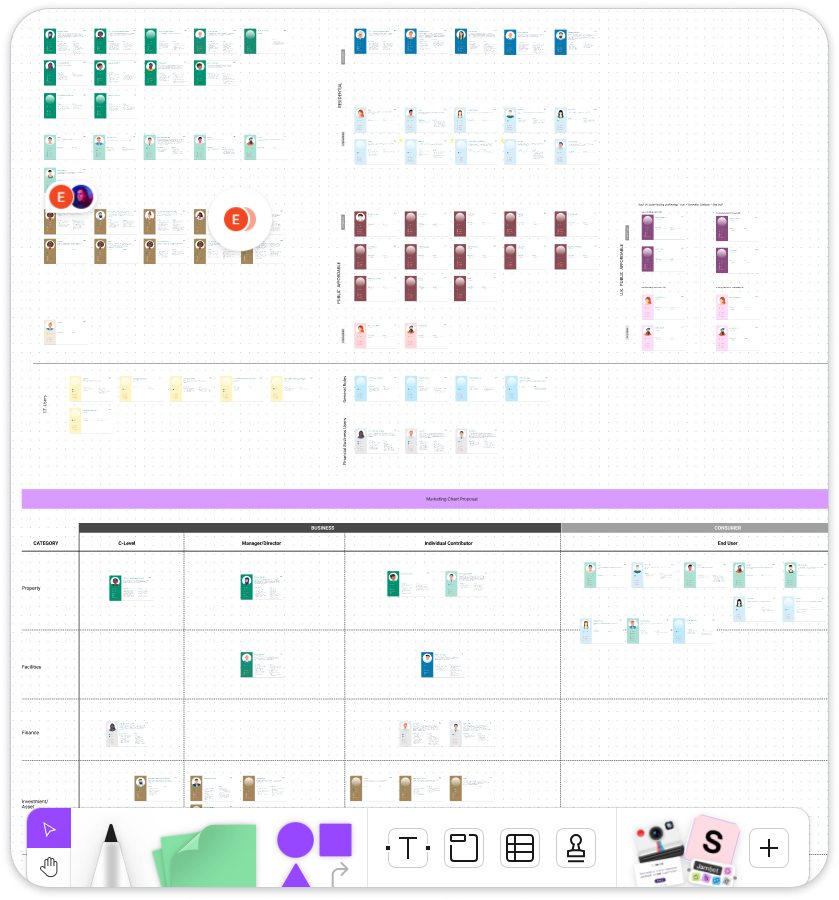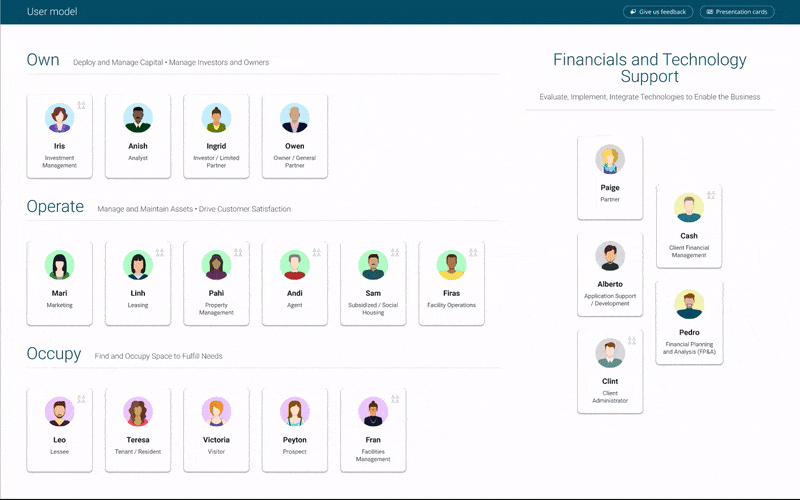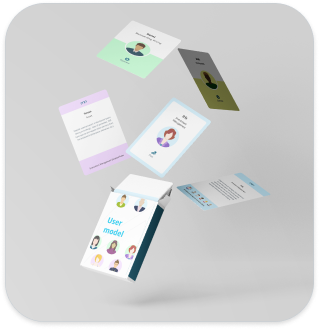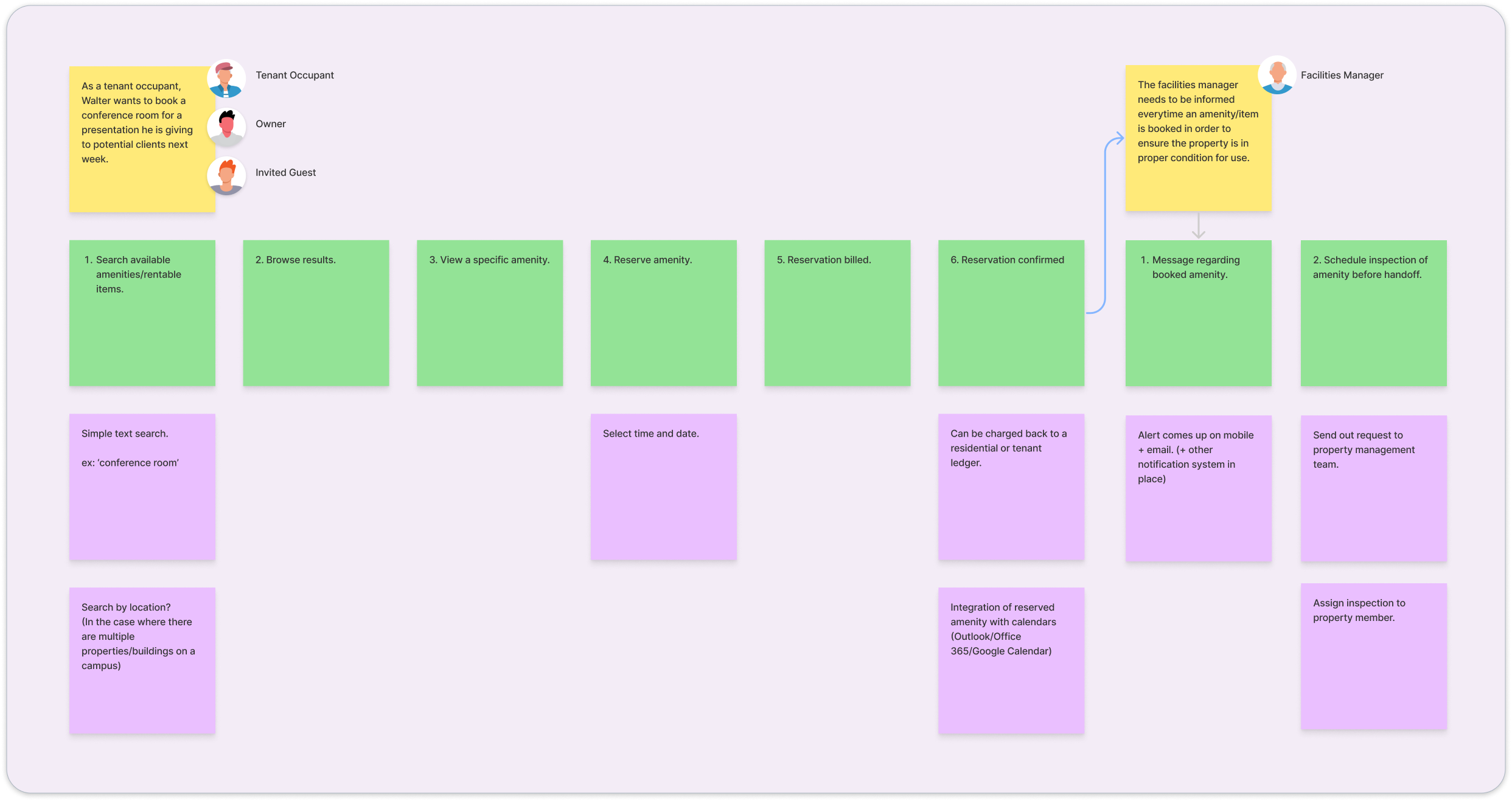Why the Effort?
As this company grew rapidly, expanding its legacy product and integrating new acquisitions, it became crucial to establish a comprehensive list of personas that are served. This initiative was key in cultivating a customer-focused culture across the organization. It ensured that various teams, including design, development, marketing, and sales, were all aligned with our users' viewpoints. It's important to recognize that in our context, the 'user' often differs from the client purchasing the product, indicating the need to address two distinct personas.
The Starting Point/s
Implications
Various individuals across the organization were contacted to help pinpoint the distinct user profiles, understanding their needs, desires, and behaviors. I created a preliminary document to circulate among staff from various organizational levels to help verify the accuracy of the personas being created. We also conducted a few user interviews to gather missing information and refine our understanding.


The Challenge
The biggest challenge we faced was distilling the diverse range of users and stakeholders, given our extensive product range and varying use cases. Personas that are broad enough to cover a big product end up being too vaguely described to be as useful as personas should be. The challenge was to figure out how to moosh and smoosh all our data into useful (and digestible) personas.
Persona Model in Action
After developing the personas, we made them available to the global team through an online interactive interface shown below:

To bring visibility of this took to the company, training sessions were conducted for product managers, enabling them to incorporate these personas into their stories and work process. Additionally, we printed a set of physical cards for the in-office teams to use.



